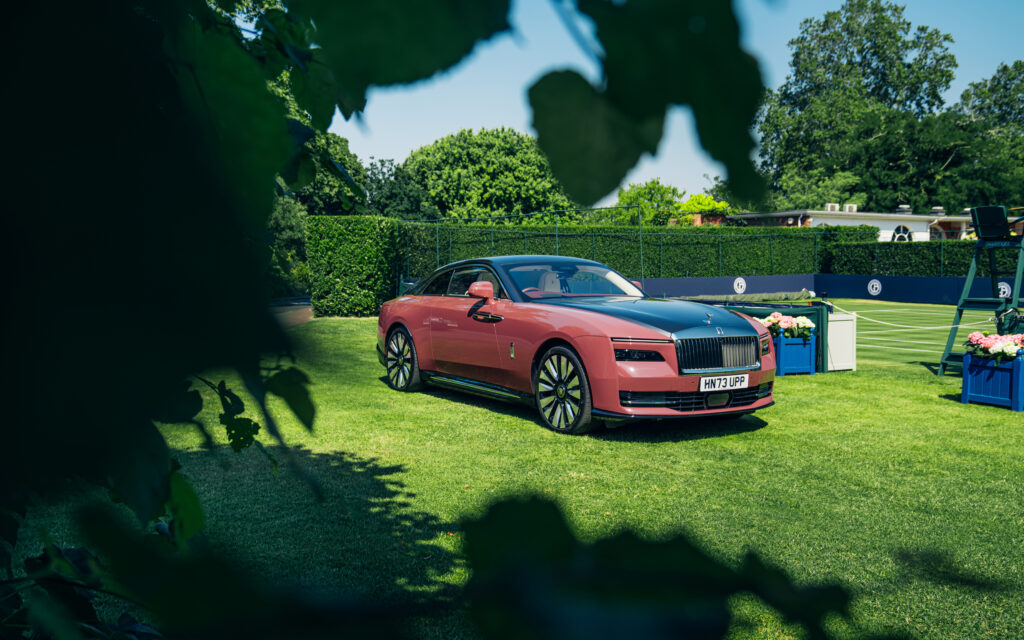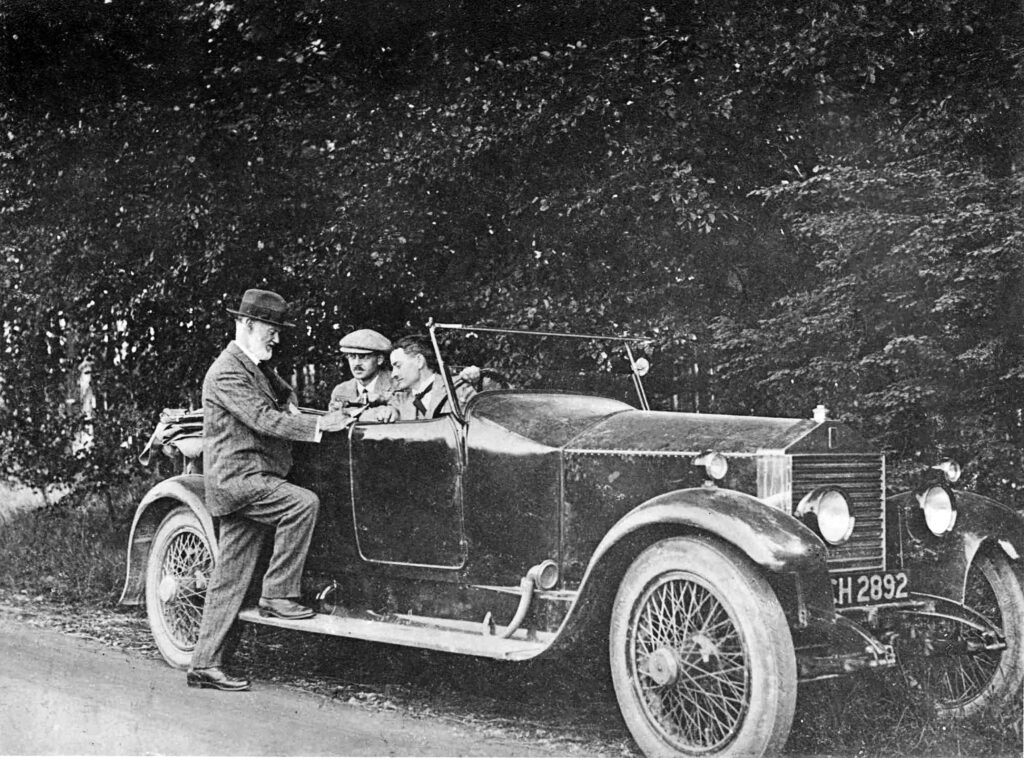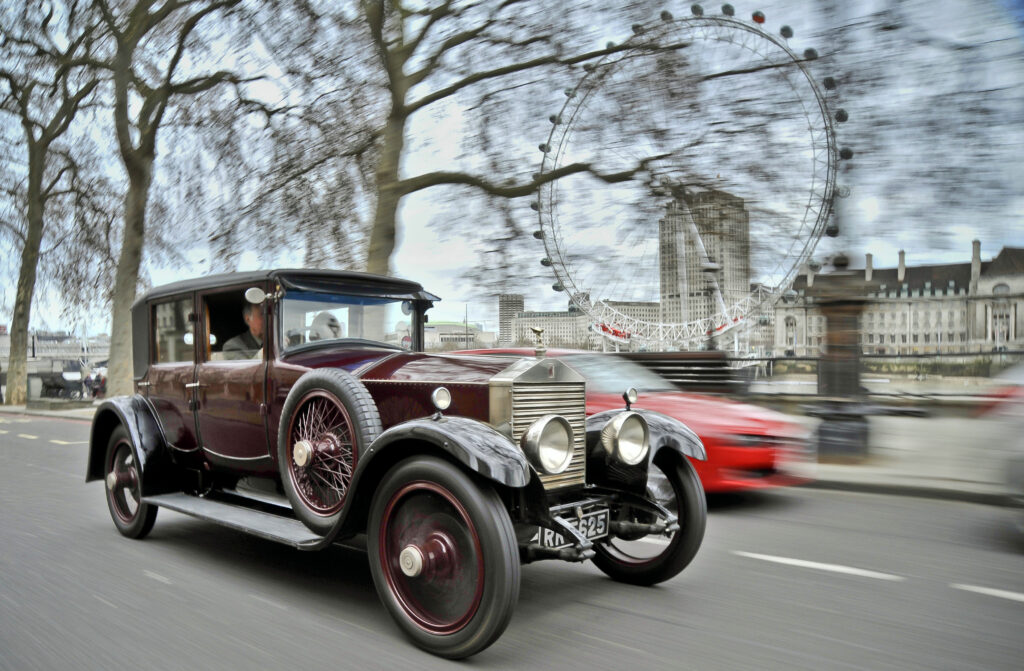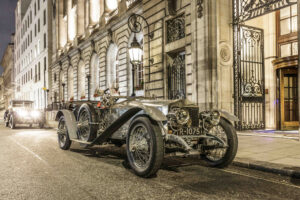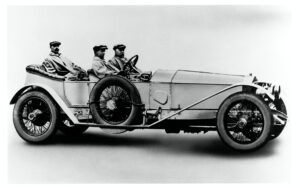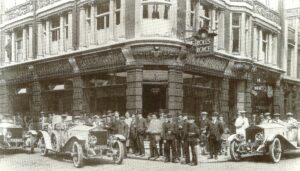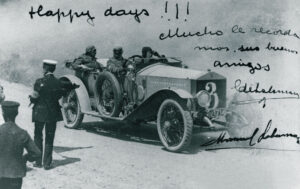Beyond innovation: Connecting the dots
Automobili Lamborghini is always looking to the future, and lightweight engineering technologies and innovations around sustainability are two disciplines at the heart of the company’s long-term strategy. It initiated its industry-leading carbon fiber competencies during the 1980s, and the company’s headquarters facilities have been carbon neutral since 2015, but the drive to push beyond the status quo never stops.
The video, ‘Beyond innovation: Connecting the dots’ explores these two intrinsically-linked Lamborghini pillars through two employees who help envision the future.
“For us, innovation is to be curious, to open new roads that enhance performance and sustainability,” says Elena Del Monte, Head of Body in White, Trims and Composites. “In Lamborghini, we embrace new challenges: it’s part of the company DNA that translates into every team member too.”
“Together, we drive change while joining the dots between projects, departments, technologies and products, but most of all the people who deliver our innovation,” says Silvia Pecorari, Corporate Strategy and Sustainability Project Manager, who oversees sustainability across the entire Lamborghini value chain. “We explore, find a new way, create a unique vision derived from the union of elements that seem independent from each other.
Both agree that their and other departments’ activities are fundamentally linked, in the same way, they share the Lamborghini passion for exploration, applying new thinking to what has gone before to be future-ready.
“I’m a passionate traveler,” says Elena. “I love to look at things from a different perspective. For me, that is realized in the development of the Revuelto’s [1]fuselage. We used new carbon fiber technologies to create a masterpiece that delivers a 10% weight reduction and 25% increased torsional stiffness over the Aventador’s monocoque. The right technology is in the right place, but no boundaries. Pioneering a full carbon fiber front structure in forged composite, developed entirely by Lamborghini means our monocoque integrates components seamlessly, prioritizing sustainability by reducing energy consumption and waste. We are joining the dots!”
“Sustainability, as described within our Direzione Cor Tauri 2.0 strategy, is our pact with future generations,“ confirms Silvia. “It’s a commitment that connects all of us, evidenced by our target of reducing CO2 emissions per car across the whole value chain by 40% in 2030 (vs 2021), while within this year all drivetrains will transition to hybrid to reduce the fleet emissions by 50% by 2025.”
“That involves every one of us,” the two agree. “As one company, we are setting the trends, with innovation in our very DNA.”
[1] Consumption and emission values of Revuelto; Fuel consumption combined: 10,3 l/100km (WLTP); Power consumption combined: 78,1 kWh/100 Km (WLTP); CO2-emissions combined: 276 g/km (WLTP)

Audi presents Formula 1 project in China
Audi is presenting its Formula 1 project in China for the first time from April 18 to 27: The F1 show car with the striking Audi Launch Livery is a central element of the brand’s presence at Auto Shanghai.
Audi CEO Markus Duesmann has provided insight into the current progress of the project during the press conference.
Under the motto “F1 Power made in Germany” the company is preparing to enter the top class of motorsport.
From 2026, Audi will compete in the FIA Formula 1 World Championship with its own factory team and a power unit developed in Germany. “Motorsport is an integral part of our DNA,” said Markus Duesmann, Chairman of the Board of Management of AUDI AG, at Auto Shanghai.
“We are convinced that our Formula 1 commitment will strengthen Audi’s sporting focus. The racing series is continuously increasing its global reach, especially among young target groups and in our most important sales market: China.”
The Chinese Grand Prix at the Shanghai International Circuit could not take place for a fourth consecutive time due to the pandemic, and this makes him even happier to give Chinese Formula 1 fans a preview of Audi’s future involvement in the top class of motorsport.
“The Audi Formula 1 project has really taken off in recent months,” says Oliver Hoffmann, Member of the Board of Management for Technical Development at AUDI AG.
“In the ongoing concept phase of the power unit, the foundation of our drivetrain for 2026 is being laid today. We attach great importance to detail work, for example on materials or manufacturing technologies, and we also focus on topics such as the energy management of the hybrid drivetrain. After all, efficiency is a key success factor for Formula 1 and the mobility of the future, these approaches will advance both worlds,” says Hoffmann.
Valuable insights in the development, for the test bench setup and validation of the measuring instruments are provided by a single-cylinder engine that has been tested since the end of 2022. The first full hybrid drivetrain unit, consisting of the combustion engine, electric motor, battery and electronic control unit, is scheduled to run on the test bench before the end of this year and will form the basis for the future vehicle concept. On top of that, the dynamic development simulator in Neuburg will be brought up to Formula 1 standards and will further advance the development of the Audi power unit.
READ MORE
PJE
